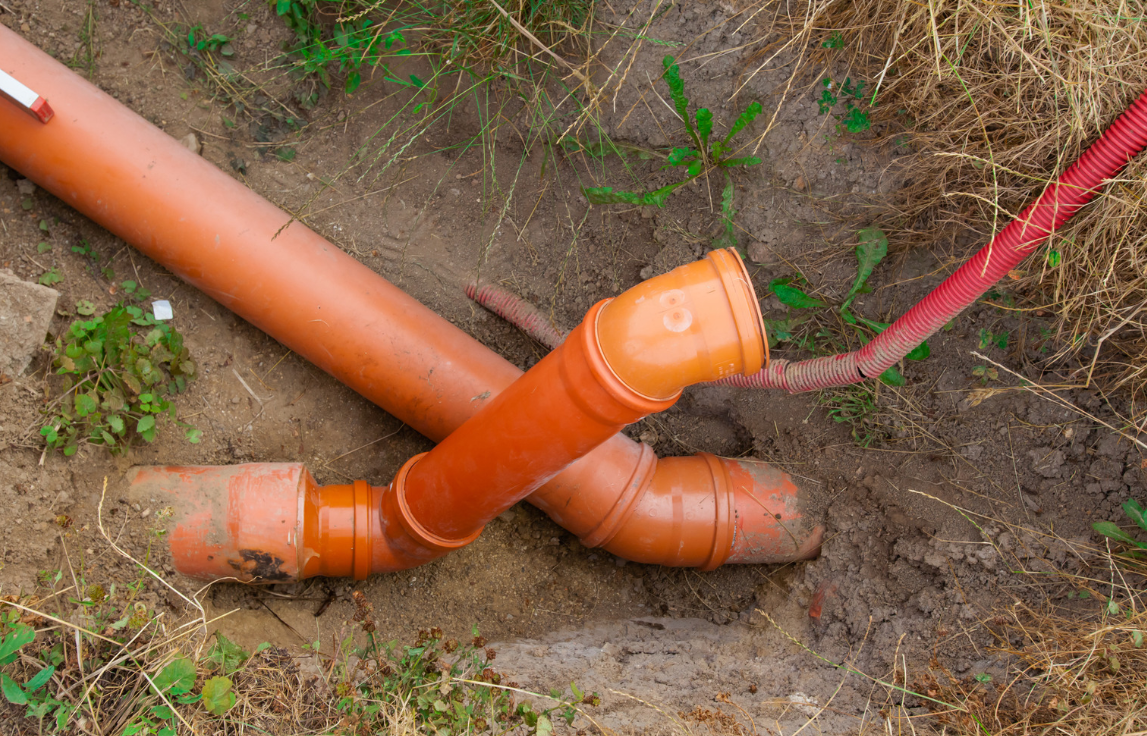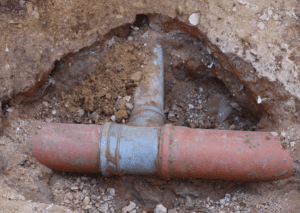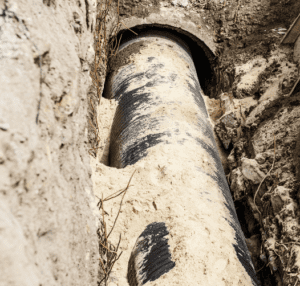
If you’re a homeowner, you know how important it is to keep your home in good condition. That includes making sure your plumbing system is working properly. One of the most important parts of your plumbing system is the sewer line, which carries wastewater away from your home and into the city sewage system. If something goes wrong with your sewer line, you may need to consider a sewer repipe. Let’s take a look at what exactly a sewer repipe entails and why it might be necessary.
At Oak Plumbing, we have years of detailed experience with a wide variety of plumbing issues. We promise value for your dollar and offer special deals for all of your plumbing needs. Our skilled experts are certified for services like:
- Water filtration services
- Sewer repairs
- Gas and Water Leak Detection
- Toilet, Slab Leak, Pipe, and Gas Line Repairs
- Kitchen & Bathroom Plumbing.
If you are experiencing any water filtering issues, our expert plumbers are trained in a variety of different methods to help resolve each individual case. Contact us to find your trusted professional plumber and special offers today.
What Is Sewer Repiping?
Sewer repiping is the process of replacing old or broken pipes in an existing drainage system with new pipes. This is typically done when there is severe damage to the existing piping that cannot be repaired. It can also be done as part of an upgrade or renovation project for an older home or as part of an expansion project for a new construction property. A typical sewer repipe will involve removing all existing piping and replacing it with new piping made from PVC, copper, or other approved materials that meet local building codes and wastewater regulations.
What Causes Pipes to Become Old or Damaged?
Pipes may need to be replaced for a variety of reasons. The most common cause is age; over time, pipes can become corroded or weakened due to exposure to water or chemicals. Additionally, tree roots can penetrate underground pipes, causing them to break or crack. This can lead to costly water damage repairs and potential health risks if not addressed immediately.

Signs Your Home May Need A Sewer Repipe
It’s important to recognize the signs that indicate your home may need a sewer to repipe so that you can address any potential issues before they become more serious. Some common signs include:
- Age of Your Sewer Pipes: One of the biggest indicators that you may need to have your sewer pipes replaced is the age of your existing pipes. Older pipes can become corroded or cracked due to age, resulting in clogs, leaks, and other plumbing issues. If you know how old your home is and its plumbing system hasn't been updated in years, then you may want to consider sewer repiping as a preventative measure.
- Low Water Pressure: Another sign that you should think about sewer repiping is if you've noticed low water pressure coming from the faucets or showerheads in your house. Low water pressure can be caused by a variety of issues, including clogged or corroded pipes. If this issue has persisted despite attempts at cleaning out the drainage systems with chemical solutions or plungers, then it's time to consider replacing the piping altogether.
- Clogs & Backups: Lastly, if you're constantly dealing with clogged drains and backed-up toilets, then it could be due to faulty or outdated piping in your home's sewage system. While over-the-counter solutions can help with minor blockages, severe backups require professional attention, and more often than not, complete sewer repiping will be the only solution.
Why Is Sewer Repiping Necessary?
There are several reasons why a homeowner may need to consider sewer repiping. The most common reason is due to age – over time, pipes can start to corrode and deteriorate due to normal wear-and-tear or exposure to certain elements like tree roots or shifting soil conditions. In addition, some older homes may have been built with lead pipes which can leach harmful chemicals into drinking water if they aren’t replaced with modern plumbing options that meet current safety standards. Finally, some homeowners may choose to upgrade their existing plumbing systems as part of an overall remodeling project in order to improve efficiency and reduce water usage costs.

How Sewer Repiping Works
The process of repiping starts with locating the source of the problem pipe(s). This usually involves using specialized tools like cameras or hydro-jetters to inspect the inside of your pipes for signs of damage or corrosion. Once the source has been identified, then it’s time for actual repair work, which may involve cutting out sections of pipe and replacing them with new ones or installing fittings such as valves or couplings to connect two pieces together securely. After this step is complete, testing is done on the newly installed pipes to ensure they are working correctly before you start using them again.
New Piping Options
When it comes time to replace your existing piping system, there are several options available depending on your budget and needs. Copper piping is one popular option due to its durability and resistance to corrosion; however, galvanized steel pipe can also be used as an affordable alternative if needed. PVC (polyvinyl chloride) pipes are another popular choice as they are non-corrosive and easy to install without specialized equipment or tools. No matter which type of pipe you choose for your repipe project, it’s important to make sure that all connections are properly sealed so that leaks do not occur in the future.
The Benefits of Sewer Repiping
Although trenchless sewer repiping technology has made the process much faster and less disruptive than traditional methods, it still requires some digging and excavation work in order to access old or damaged pipes and replace them with new ones. However, there are many benefits associated with having this work done, including improved water flow in your home, better drainage in your yard or garden area, fewer clogs due to smaller diameter pipes being used, decreased risk of water damage caused by leaking pipes, improved water quality due to fewer contaminants being introduced into your system, better energy efficiency as new pipes are typically more resistant to temperature fluctuations than older models, and increased property value when selling your home as buyers will appreciate not having to worry about potentially costly repairs down the road.

Who Should Consider Sewer Repiping?
Sewer repiping should be considered by anyone who has an older home with outdated plumbing systems or anyone who has noticed signs of leaking or broken pipes, such as slow-draining sinks or toilets that back up regularly. It's also important for homeowners who have recently purchased an older home as they can often have hidden plumbing issues that need immediate attention in order to prevent further damage down the line.
Is It Time to Repipe Your Sewer?
Sewer repiping isn’t something most homeowners think about until there’s a problem with their drainage system – but knowing what sewer repipes are and why they are necessary can help you stay ahead of potential issues before they become serious problems down the line. If you suspect there could be issues with your sewer line or want more information about how sewer repiping works, contact a qualified professional today for more information on how this service can benefit your home and protect your family from future plumbing disasters!
Oak Plumbing was established to bring masterful plumbing to our community. We are experts at sump pump installation and drainage. Our highest values are providing sterling customer service and keeping your family safe. That is why we only employ licensed and background-checked experts. Between our professional employees and our commitment to our customers, there's a very good reason why most of our customers give us five-star reviews. Contact us to find your trusted professional plumber and special offers today.

